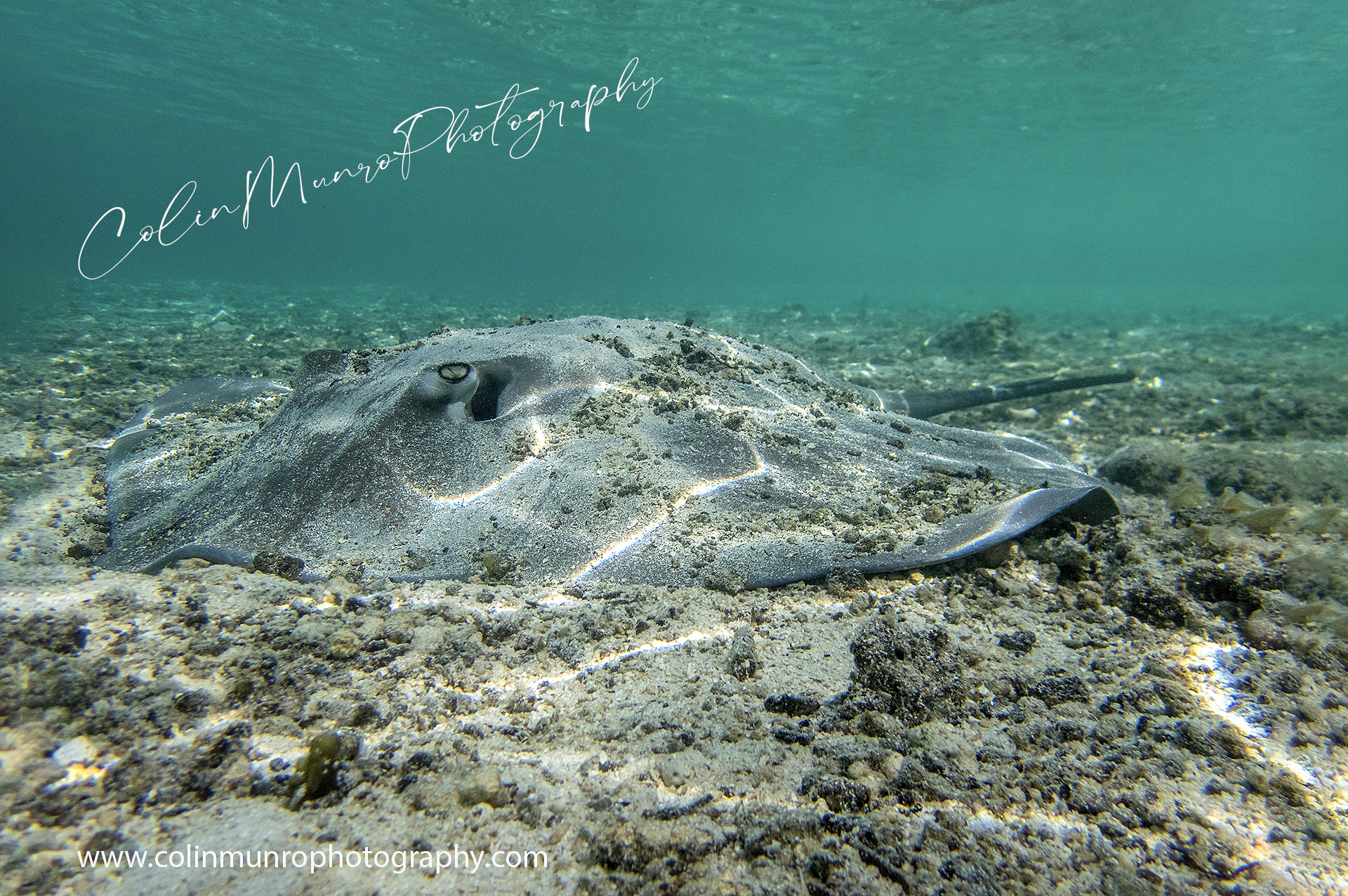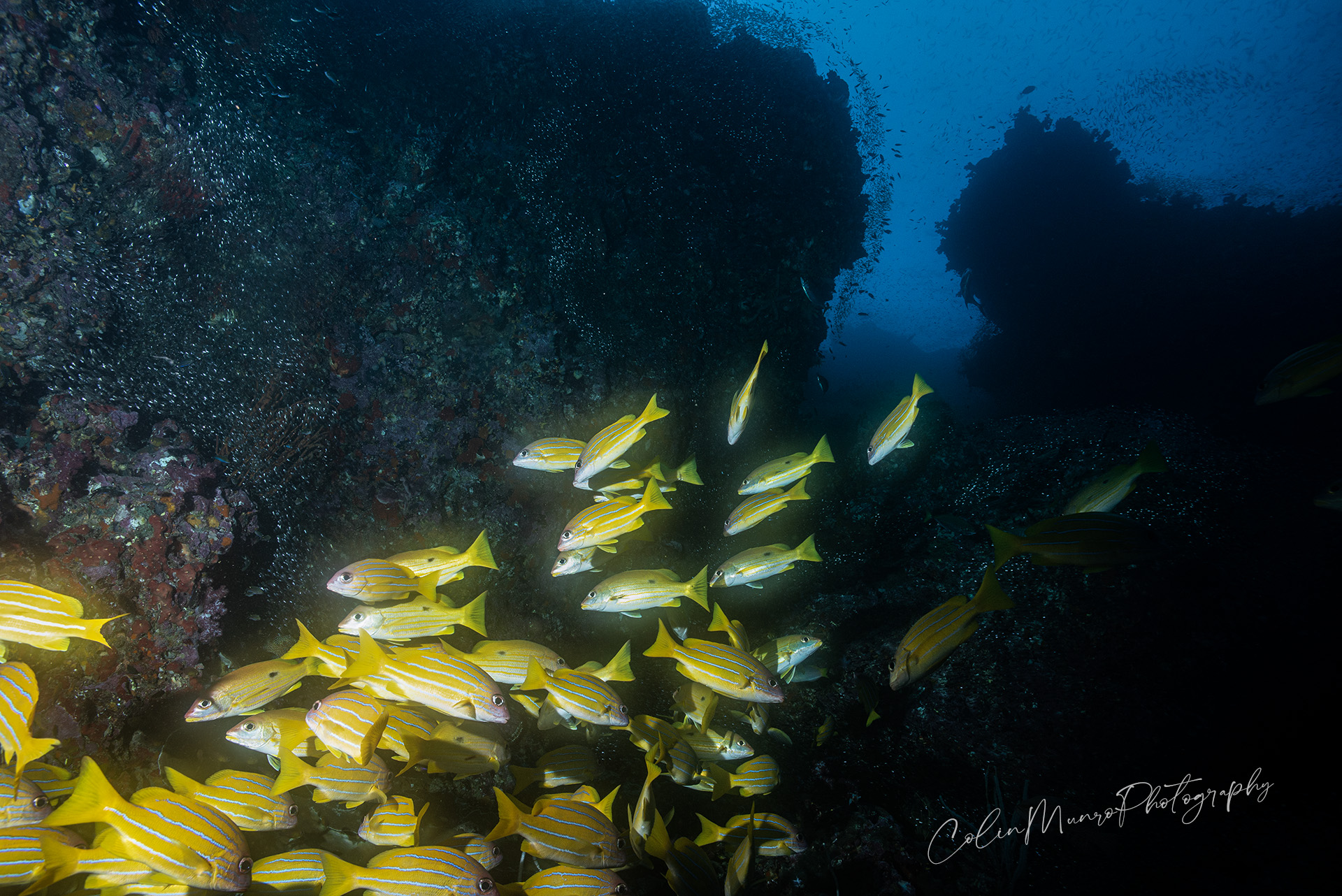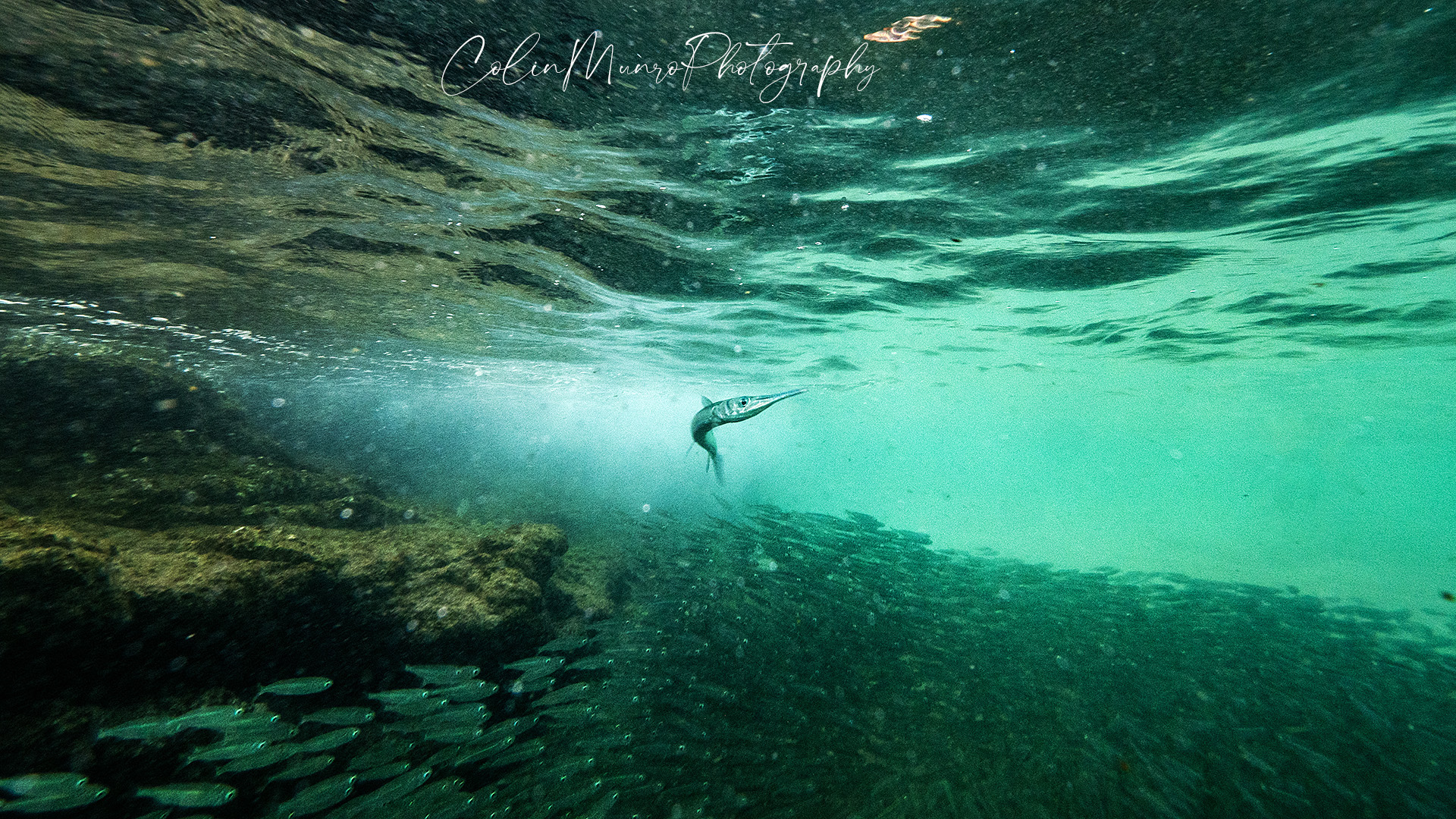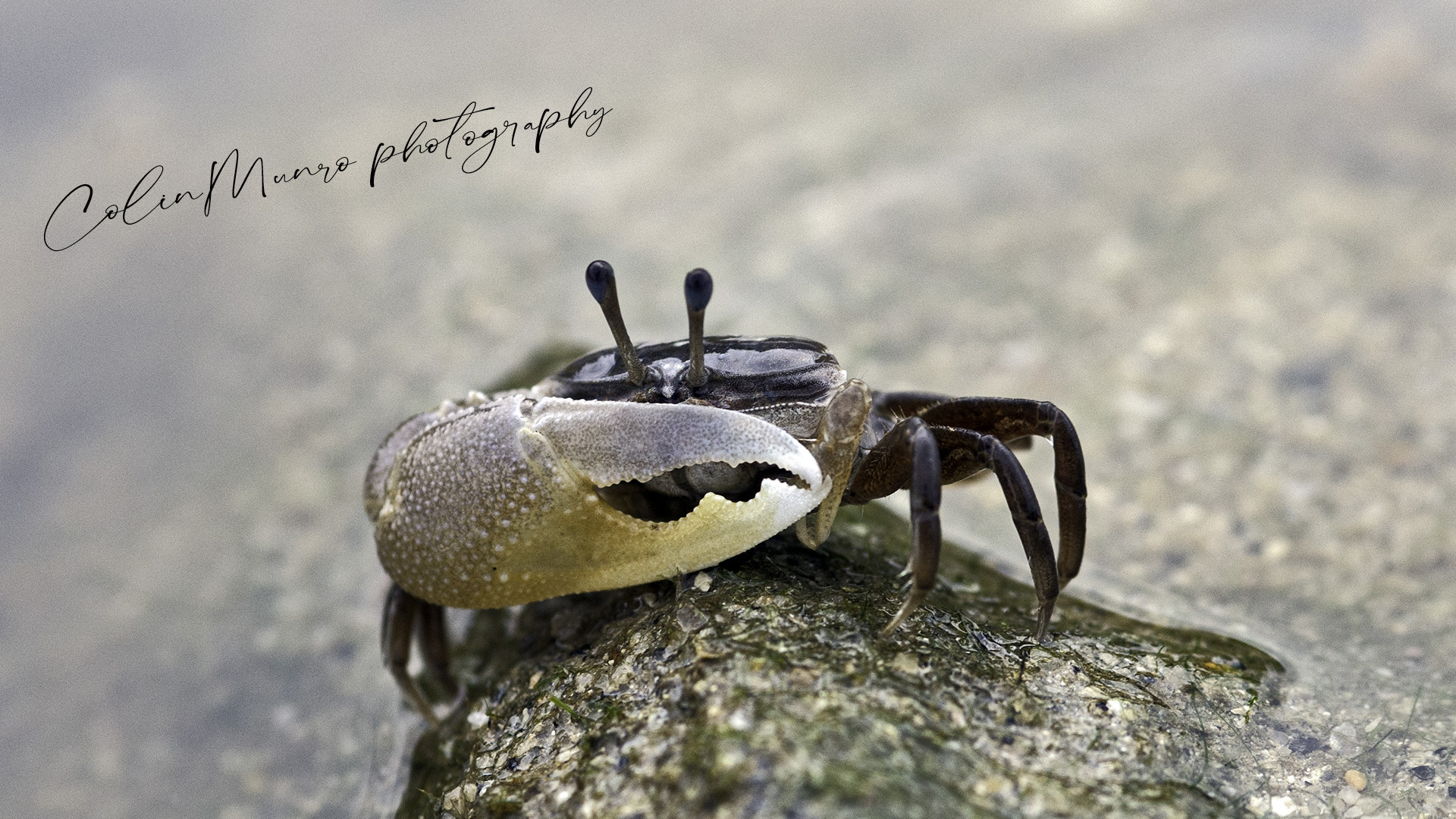I’ve just returned to Thailand after a couple of months working around the British Isles, and so it’s time to deal with all the pressing domestic issues that have piled up in my time away. Flat vehicle batteries had to be charged, and the brakes and suspension on our ancient Toyota pickup needed attention.
We are in the process of building a small wooden house on some land we own, and had ordered the delivery of concrete support pillars. Once vehicle issues were dealt with, my wife an I headed off to supervise their delivery, and to see just how overgrown the land was after three, rainy season, months with no attention.
I never fail to be amazed by just how fast growth occurs in the wet tropics. The grass was now thigh-high, while small trees nearly a metre high had miraculously sprouted. Morning glory vines had spiralled up the legs and across the verandah of the small bamboo house we were using as temporary accommodation while building our main house. Given time it would, no doubt, have completely devoured the small structure.
The delivery of the pillars was uneventful. We had planned to attack the rampantly growing vegetaion with a strimmer, but given the torrential downpours that were occurring every 30 minutes or so that plan was postponed for a later visit. This left the decision of what to do with the sacks of concrete that had been deposited in the back of our pickup. Carrying them back to Phuket, only to bring them back again, seemed pointless, with the added danger that we might end up with several sack-shaped concrete blocks given the amount of rain falling. So we decided to transfer them into the bamboo hut for safe keeping, covered with a tarp for good measure, until our return. Hefting 50kg sacks on to my shoulder was a powerful reminder that I am neither as young or strong as I once was. What I once would have accomplished with ease now involved a great deal of puffing, panting and groaning. Once the sacks were safely secured inside we took a little time to inspect our temporary abode. As nature began to reclaim its own, it was no real surprise to find that others had liked the shelter of our bamboo house just as much as we had. Two rather long shed snake skins were draped across the beam above the verandah, but as there was no sign of their former occupants we were not too concerned. The floor of the verandah, directly in front of the door, was stained a dark blue from what looked like the poo of some fruit-eating animal. Looking up revealed the culprit. A rather cute looking fruit bat was hanging from the nipa palm leaf thatch roof of the verandah, about two feet above my head.

This guy was a lesser short-nosed fruit bat (Cynopterus brachyotis) to be precise. These are common fruit bats throughout much of Southeast Asia, across a wide range of habitats. If you are a farmer, you may not like these guys as they will eat your fruit crop – they’re especially fond of wild figs and wild peppers, but will also eat cultivated mangos and bananas – but the flip side is they are important pollinators and for seed dispersal. Normally they roost in groups but, according to the literature, young males may be solitary. So this might be a young male. Apart from their small size, a key identification feature of lesser short-nosed fruit bats are the whitish wing bones and edges of their ears. Our uninvited lodger, who I christened Hamo, was not all worried by our unexpected arrival, exhibiting a mix of mild curiosity and slight annoyance at being woken from his slumber.
Will he still be around when we return? We shall see.
For framed wall-art canvas wrap prints, fine art prints, posters, stock images and more stories, visit my main site: www.colinmunrophotography.com


















